American Regional Architecture
Holly Stockley
5 years ago
Featured Answer
Sort by:Oldest
Comments (34)
Virgil Carter Fine Art
5 years agoRelated Discussions
Architectural gurus - American Colonial or Revival?
Comments (11)Thanks so much to all of those who have helped out so far. Since that picture was taken, the windows have been replaced. However, they were original. There were absolutely no scars from a retrofit, and materials that had never been disturbed. The windows in the dormer are the only ones that had been replaced, and they replaced them with vinyl(yuck). The interior certainly was nice at one time, and there are still many parts that are, but over the years it has seen some renovations that really were not in keeping with the houses original beauty. I have grand plans to bring this house back to its original glory, and beyond. The story behind how the house came to be. This house is located one street to the east of the main street of the town(the main street is literally a 60-90 second walk from my door), which has since grown into a city. And although the "new" downtown has sort of centered around a wide street with every box store imaginable, I still love the old downtown location for pedestrian convenience. And yes, apparently the original occupants were fairly well known and probably upper middle class. They owned the hardware store in town. As everyone knows we were 2-3 years into the great depression, and a lot of local contractors had racked up accounts with the hardware store that they did not have money to pay. So the owner of the store and contractors that owed him agreed to build him this house to pay off their debts. I love this story, and it just adds to the value of the house(to me). I just adore old homes, and this one definitely is extremely well built. The brickwork is in perfect condition with not one structural crack. The foundation is the same. The floors are as straight and flat as a billboard table. Anyway, I would like to rebuild a new portico on this home. I want to build it out so that the front of the portico protrudes equal to the top of the front stairs, with two columns holding up the roof. Now here is a serious question; Are there any do's and dont's with this? Should the columns be round or rectangular? How bout roof? Flat? Pitched? I also plan on adding shutters. We really like the paneled shutters, but notice a lot of louvered shutters on similar houses. Any thoughts on this? Also keep in mind that I do not have to stay 100% "pure", as I do not believe this house is 100% pure to any design. But I would like to avoid a mistake that is very out of line. Here is a link that might be useful: I found picture of the front...See MoreHow does your region affect your decor/taste?
Comments (81)The first house I lived in was on the Salt River Indian Reservation in AZ, just a wooden cottage raised up on concrete footings. Some years later - my Mom and Dad bought a brand new rancher in Phoenix- this was late 50's when the 6 story Westward Ho Hotel was the tallest building in Phoenix. Our house, as most were in the area, was a pink cinderblock built on a polished concrete slab. No two story homes or basements. The older areas had a few 2 story homes but that wasnt the norm,that was old Phoenix money or the Wrigleys! We had vinyl tile, popcorn ceilings and wool avocado wall to wall in the living room.Later shag rugs in the bedrooms!( pink and red for me!) When I was a teen we had a decorator that chose traditional furniture with a mediterranean Spanish flair and used pecan wood tables.All of the windows had WTs that would keep the sun out. Some people used to foil over their windows.I never heard of a roller shade until we moved back east to MD. Also never encountered stairs, except in the old Montgomery Ward store which was a story and a half balcony! I think we leaned traditional with a Spanish flair because my Mom grew up in a huge Victorian with land in the Maryland countryside and my Dad grew up in a big house in Mass,in a clapboard center hall colonial. I still live in MD in a small colonial revival house built in 1923. My taste has changed from Colonial Williamsburg to "cottage whatever". I think it is more comfy for us. and vintage thrift stuff mixes well with family pieces -the real colonial antiques and the victorian antiques. My neighborhood is mostly colonial revivals, quite a few Queen Anne Victorians as well as some gothic victorians. There are also quite a few 4 squares. Most all of the houses were built in the 20s with a few in the 1880s. Traditional decor seems to be the norm and seems to be age related- Potterybarn-esque for the younger crowd to Wiiliamsburg traditional and a couple -make- you -gulp Victorians( and not in a good way) Unfortunately the trend here in the last 10 years has been huge great room add ons- so you have many houses built in late 1880s early 20's with monstrous things sticking out the back. Definitely not in keeping with the vintage of the house. Inside, these rooms are beautiful but lack the charm that is found in the rest of the house.Crossing into the great room is like entering another country, one that has little to do with the rest of the house.Looks like they all use the same floorplan. Predictible. Talk about stereotypes, Aunt Jane and Lynne no offense, but when I was growing up, to us Arizonians ya'll were Easterners to us! Bit of snobs we were. Still am as far as Mexican food! LOL I equate the Kokopelli Southwestern style of decor with the big hair of the 80s! Never saw any of it growing up in AZ, just in the East and thought who are they fooling with that fake stuff?...See MoreGeorgia (Piedmont region) - new NABA chapter
Comments (1)Hi! I am new to the forum, but clicked on this post because I am also in the Piedmont area. I have always enjoyed butterflies, as do my kids, but don't know a tremendous amount about them. My five year old son has Autism, and is in a special needs class in which nearly all of the students are Autistic as well. I have been thinking that it would be a neat idea if his class had a "sensory garden" at his school. Plants that attract butterflies are commonly used in sensory gardens. If I am able to get approval and sponsors for the garden, would you be willing to guide us on plant selection that would attract butterflies? In addition to attracting butterflies, it would great if the plants are easy to grow, since the children may be responsible for much of the caring for the garden....See MoreOmnibus 2018 winter damage report for the mid-Atlantic region
Comments (32)What a coincidence this was bumped re: crape myrtles. Because I almost did so myself. I really think they are way over planted (down here), but I also think they are useful plants and wouldn't mind having ONE in the garden. Years ago I bought a supposed 'Siren Red' from a mail order company but was not initially sure that's really what it was. Then later, out of some idle curiosity about whether any 'vintage' cultivars had an equal or even superior red coloring, ordered 'Cedar Lane Red' from Woodlanders. This is the pre-1990s cultivar imputed to have one of the best red flowers. Well, the final result on the color front is that I think 'Siren Red' has trouble developing a good color here - the fact my plant is in some shade doesn't help, I'm sure - but it is an improvement over 'Cedar Lane Red'. But the REAL downer is that 'Cedar Lane Red', died to the ground, while 'Siren Red' didn't. At 0F with as I've noted repeatedly, incredibly deeply frozen soil. I was always skeptical of the claim that guy in Oklahoma was ALSO hybridizing for hardiness...figures like -10F were being thrown around a few years ago...but, it certainly doesn't seem especially tender. So, the 'Cedar Lane Red' is already "bye bye" and I'm keeping 'Siren Red'. You can't really keep space for inferior cultivars, and I needed a spot for X Gordlinia 'Sweet Tea' anyhow. One more sad change to the above: something very bad is going on with Taiwania. Either...delayed winter damage, or root rot, or root rot triggered by winter damage. This is one of my favorite conifers and I supposedly had the hardier form which is rarely offered, so this might just be the worst development of the entire winter. Eucalyptus parvula, Grevillea 'Poorinda Leane',Cistus 'Ledon' and Rhododendron 'Cloudburst' are definitely gone, but those are hardly irreplaceable and for some of them known to be borderline so no shock. If it was cold that killed it, I'm surprised 0F killed the Taiwania because it had really grown well last year, after sulking in a pot for years. I did untangle the roots and maybe untangled them a little too much: but again I wouldn't expect it to have looked so good going into winter, if that had been the case. Maybe it just needed another year of establishment: since it clearly wasn't happy in a pot I should maybe have planted it spring 2016. There's one little branch that still looks semi-alive, but all of the others have dried up and died, so I think it's a goner. Since my post above it's been on an agonizing downward spiral; though I wonder if it was already dead and just taking a long time to look dead compared to my other rarities!...See MoreHolly Stockley
5 years agoaprilneverends
5 years agolast modified: 5 years agobeckysharp Reinstate SW Unconditionally
5 years agobpath
5 years agoMark Bischak, Architect
5 years agobpath
5 years agobeckysharp Reinstate SW Unconditionally
5 years agoHolly Stockley
5 years agobeckysharp Reinstate SW Unconditionally
5 years agolast modified: 5 years agoBT
5 years agoHolly Stockley
5 years agoHolly Stockley
5 years agolast modified: 5 years agobeckysharp Reinstate SW Unconditionally
5 years agoZalco/bring back Sophie!
5 years agolast modified: 5 years agobpath
5 years agonini804
5 years agotryingtounderstand
5 years agoA Fox
5 years agoA Fox
5 years agobeckysharp Reinstate SW Unconditionally
5 years agoHolly Stockley
5 years agolast modified: 5 years agoVirgil Carter Fine Art
5 years agolast modified: 5 years agoOne Devoted Dame
5 years agolast modified: 5 years agojust_janni
5 years agobpath
5 years agoMark Bischak, Architect
5 years agolast modified: 5 years agobeckysharp Reinstate SW Unconditionally
5 years agoVirgil Carter Fine Art
5 years agolast modified: 5 years agoHolly Stockley
5 years agoMark Bischak, Architect
5 years agolast modified: 5 years agoOne Devoted Dame
5 years agocpartist
5 years agolast modified: 5 years ago
Related Stories
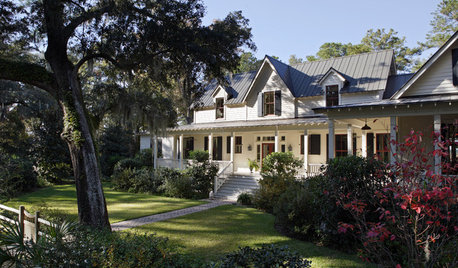
ARCHITECTURERoots of Style: American Farmhouses Pay Tribute to Regional Traditions
With simple forms and details that honor their locales, farmhouse architecture transcends time
Full Story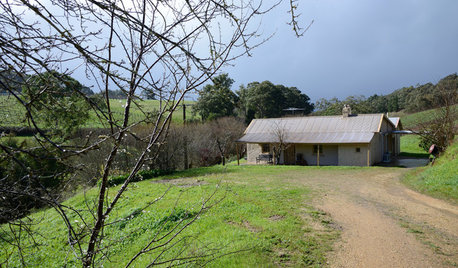
WORLD OF DESIGNWhat We Can Learn From Regional Architecture
The relationship between a traditional regional home and its environment is informing sustainable design
Full Story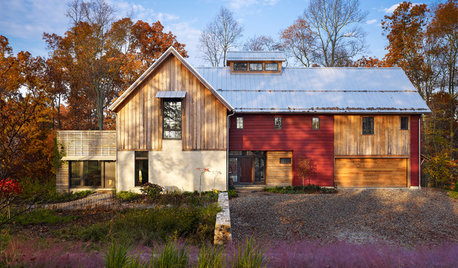
ARCHITECTUREVernacular Design: Architecture's Regional Voices
See how local sites and materials create a language rooted to an area. Is your home part of the conversation?
Full Story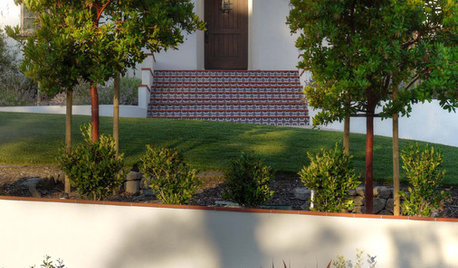
ARCHITECTUREAmerican Architecture: Mission Revival
If you love the look of Southern California's old churches, you'll find this architectural style a blessing
Full Story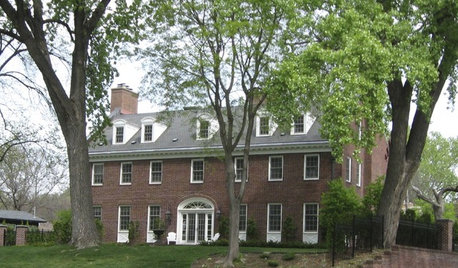
ARCHITECTUREAmerican Architecture: The Elements of Federal Style
With a boxy design as staunch as the forefathers of America, federal architecture has left a lasting mark up and down the East Coast
Full Story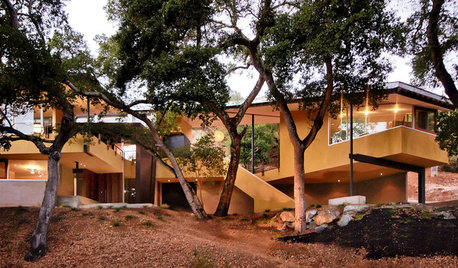
REMODELING GUIDESRegional Modern: Northern California Architecture
A strong connection to the landscape helps define contemporary home design from the Monterey Bay to San Francisco and wine country
Full Story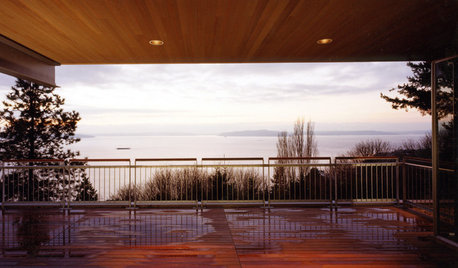
REMODELING GUIDESRegional Modern Architecture: Seattle Splendor
Seattle's modern homes celebrate place with warming foundations and spectacular views
Full Story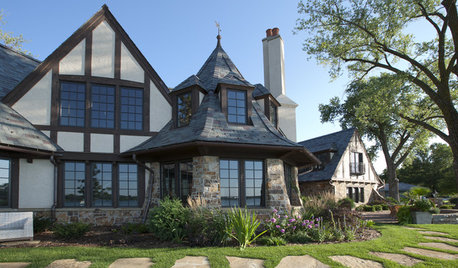
ARCHITECTUREAmerican Architecture: The Elements of Tudor Style
Storybook details and countryside charm make this architecture style appealing even if your home is far from the forest
Full Story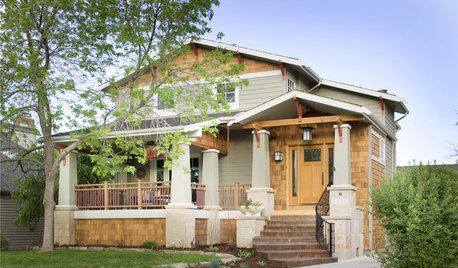
CRAFTSMAN DESIGNAmerican Architecture: The Elements of Craftsman Style
Proud of its handiwork details and with nature as inspiration, Craftsman architecture stands out for its purity of style
Full Story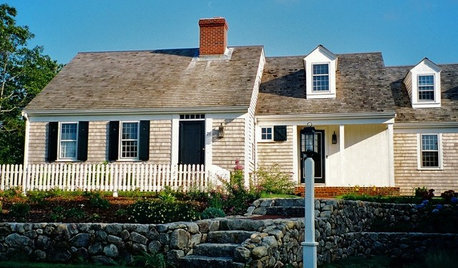
CAPE COD DESIGNAmerican Architecture: The Elements of Cape Cod Style
This simple architecture style was born in New England but has stood the test of time around the United States
Full StorySponsored
Columbus Area's Luxury Design Build Firm | 17x Best of Houzz Winner!



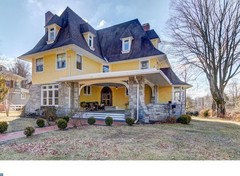
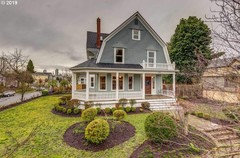
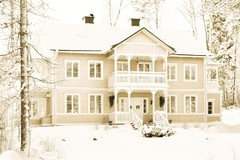
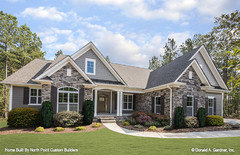

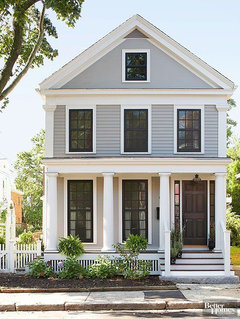


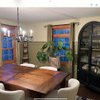

Matt McLagan